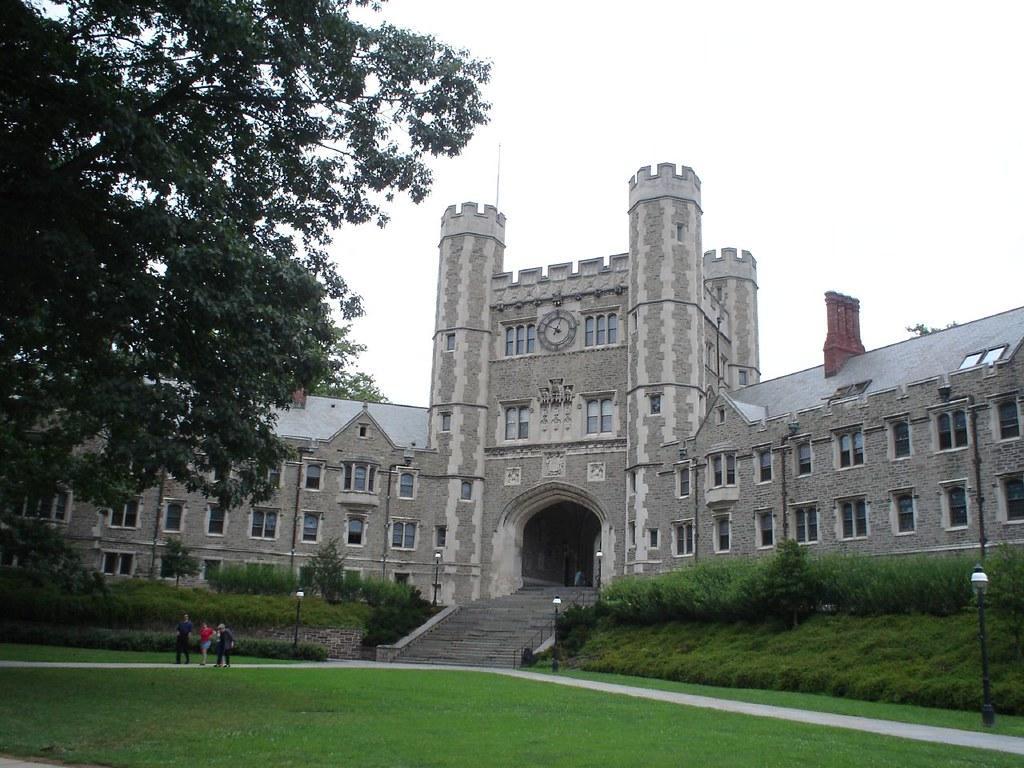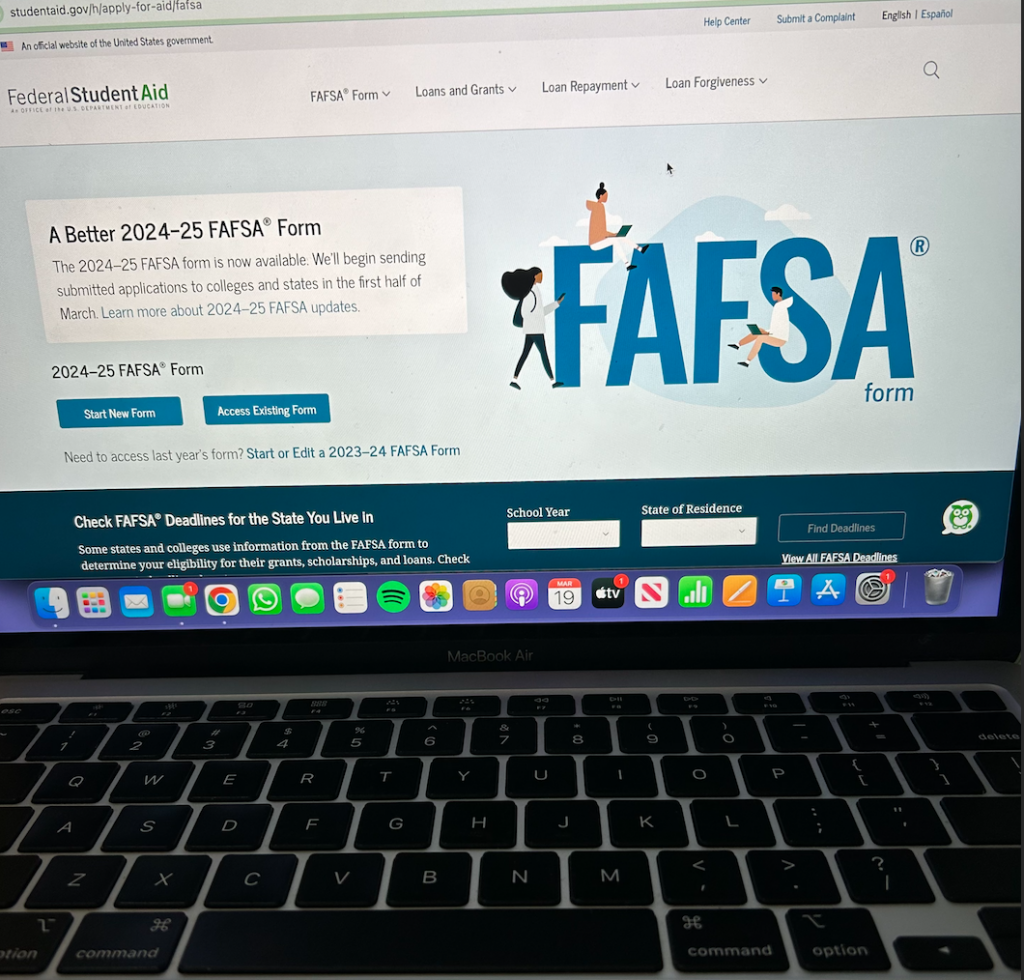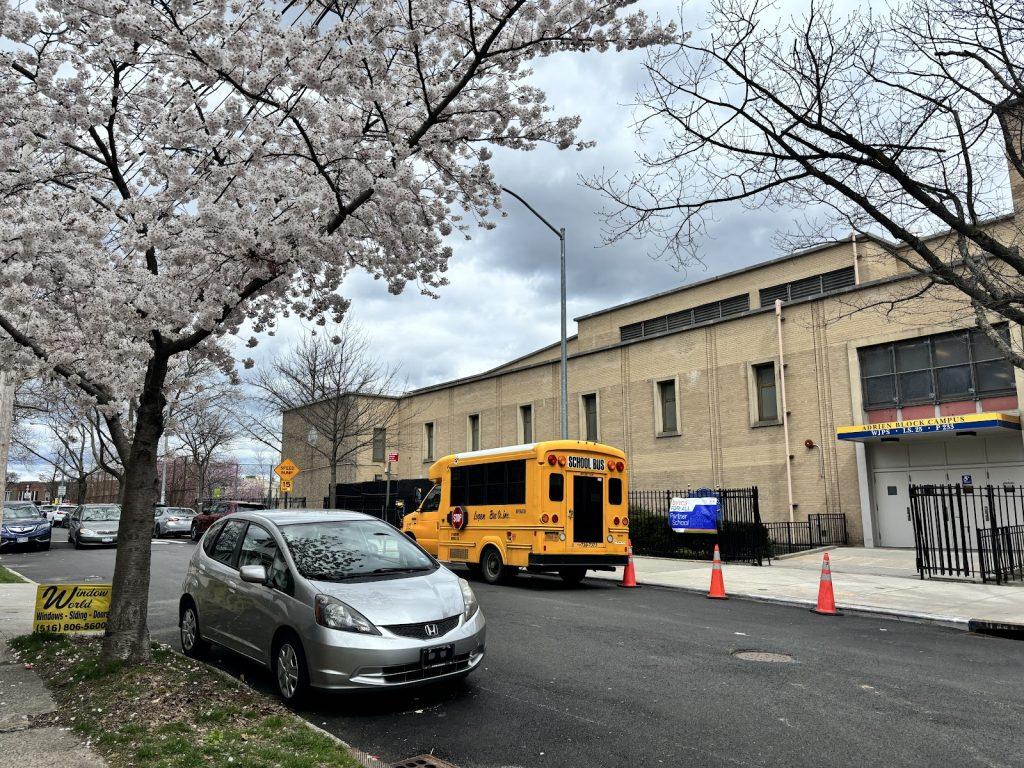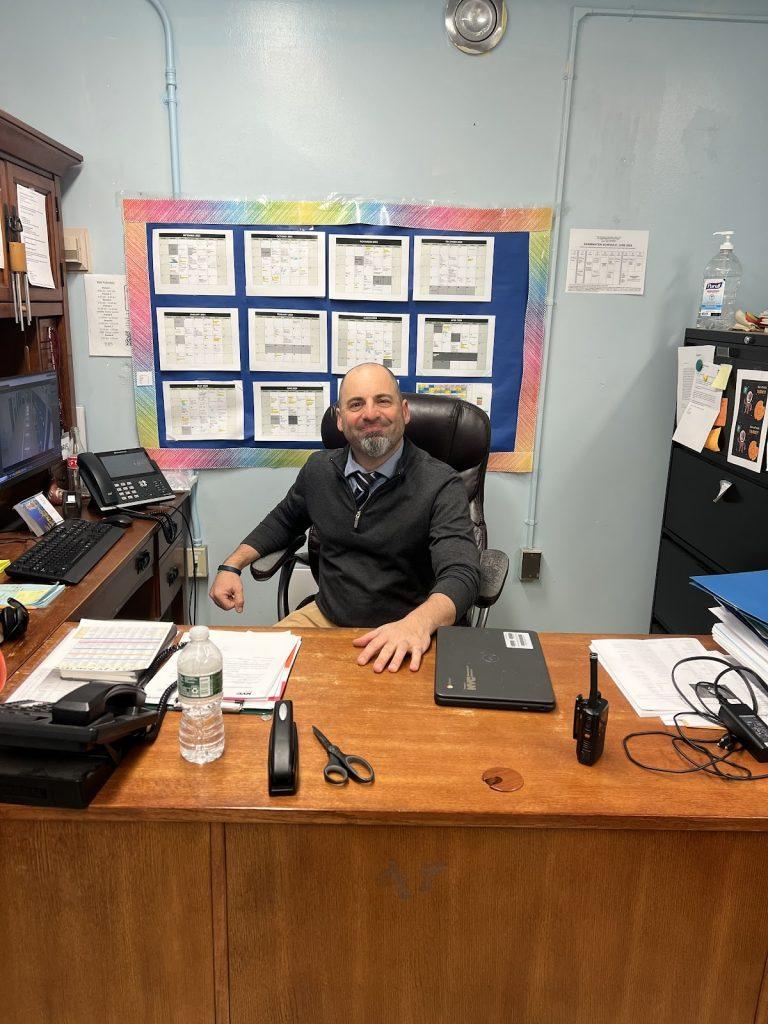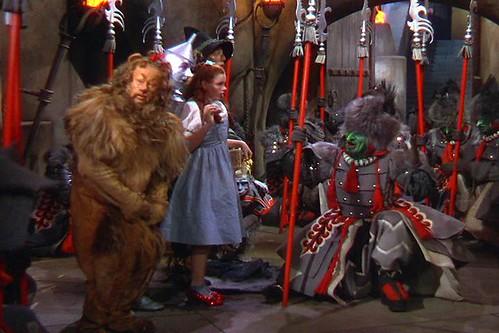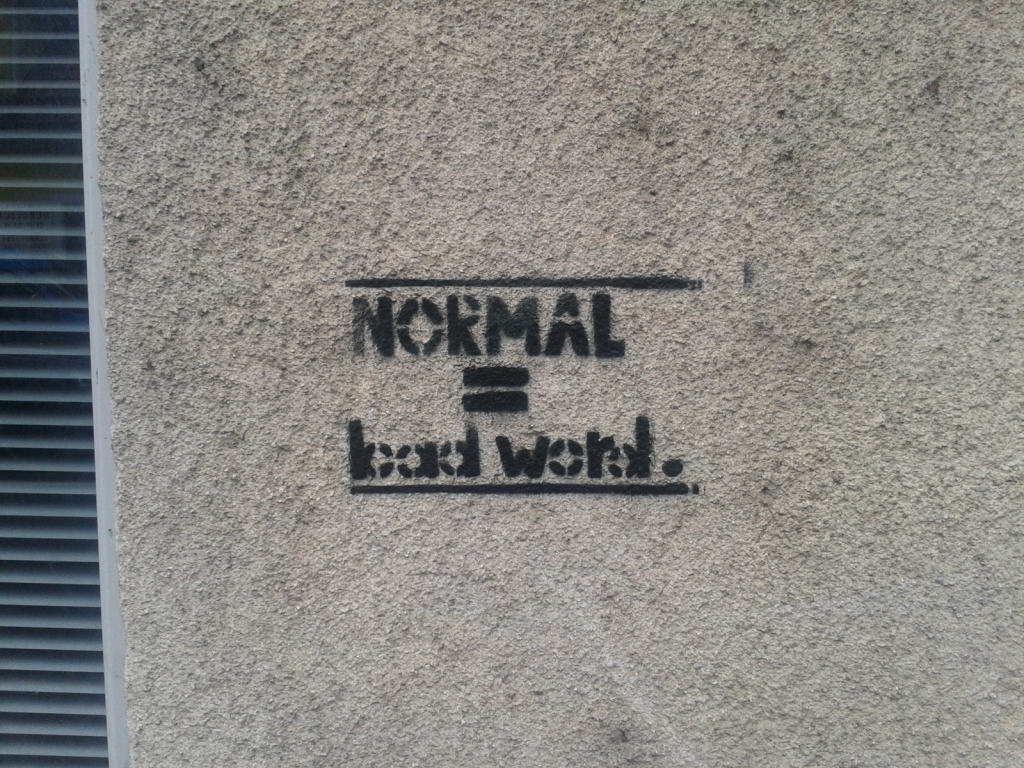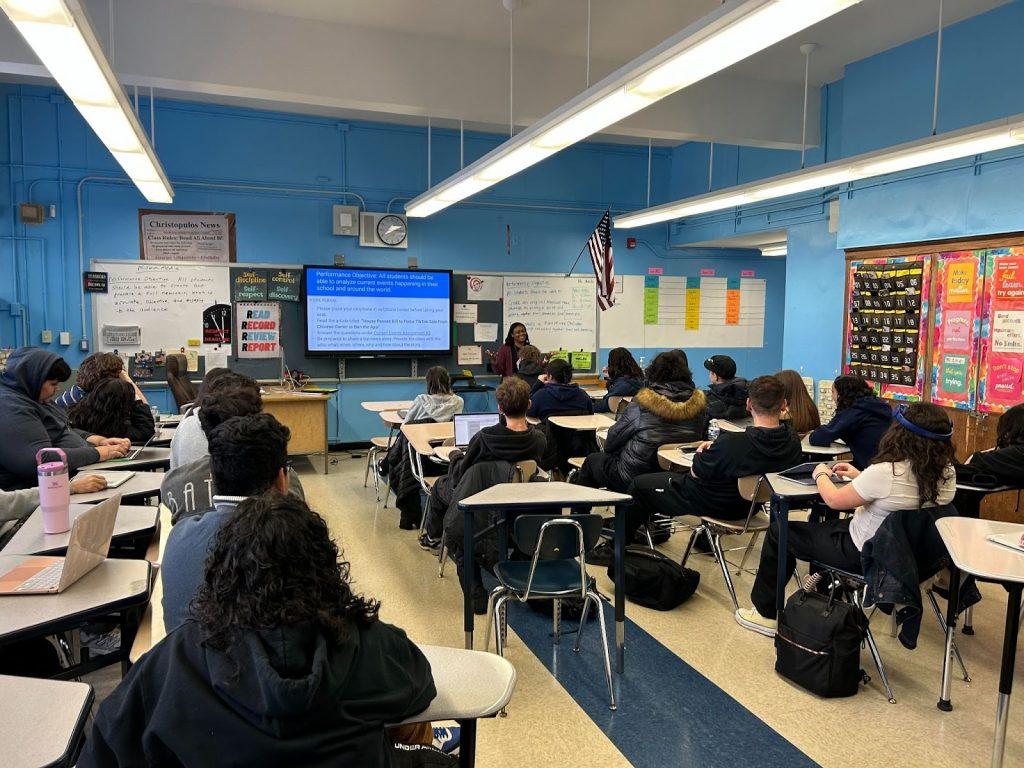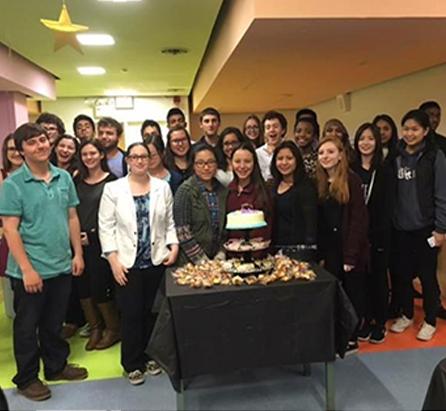by Adva Fuchs, staff reporter
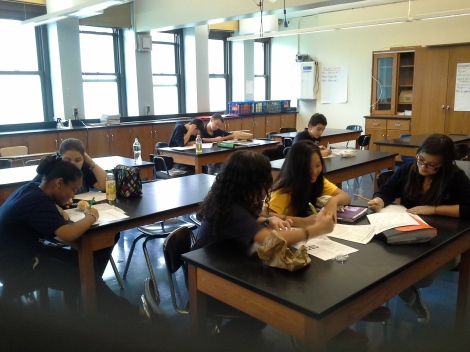
15,000. That’s the average amount spent by the U.S. government per student from their first day of first grade to their graduation day, 12 years later. Now compare that number to the 60,000 (plus) dollars spent annually per prison inmate in the United States. What does America have here? A moral crisis.
Over the past three decades, the United States has unfortunately and dramatically risen into the socially unacceptable position of highest incarceration rate in the world, according to the Population Reference Bureau, Population Reference Bureau, which is least five times that of the world wide average and totaling at just over ten percent of the entire United States population.
Because of this, in the last 20 years, the budget for the federal prison system has increased by over 60 percent to compete with the rising number of “dangerous”, and apparently very costly, prisoners needing to be incarcerated. This is a 790 percent increase since 1980, as stated in a status report conducted by the PEW Trusts Organization.
These statistics, along with the realization that America is in one of its worst recessions since the 1930s, causes Americans to question their futures. The simple and heinous term, budget cuts, seems to reappear constantly when discussing how the United States was able to get the money to increase the prison budget in such a dramatic way in the first place.
Unfortunately, budget cuts are not an isolated occurrence in the United States. Forty-three percent of U.S. public schools around the nation have reported budget cuts of ten percent; this may not seem like much, but in addition to the other 30 percent that had reported cuts of 11-25 percent, it starts to add up.
Principal Mrs. Schneider said, “[The school] does not receive any Title one government funding, [it] only received regular, per student funding.”
These cuts cause schools to lose much needed supplies as well as teachers because of low funding. The result is over 24,000 public schools failing to meet the requirements for acceptable yearly progress,shedding them of the rest of their federal allowances.
The total adds up to major losses in over 70 percent of the schools in the nation, forever handicapping thousands of students across the country. A relentless and frivolous cycle seems to emerge as, studies by Carleton College prove that, dropout students are 8 times more likely to end up in jail and that 80 percent of all already incarcerated inmates don’t have a high school diploma.
Studies from PEW research center show that once prisoners are educated while in the system, 33 percent of them are able to get full time jobs by the time of their release,and that 68 percent of high school graduates will never be incarcerated in the first place.
Reversing government spending to prioritize education in the long run, can save the government hundreds of thousands of dollars. This will aid in decreasing the debt owed by the United States, as well as raise the standards of education across the nation, or in other words, result in fewer crimes and criminal acts.
